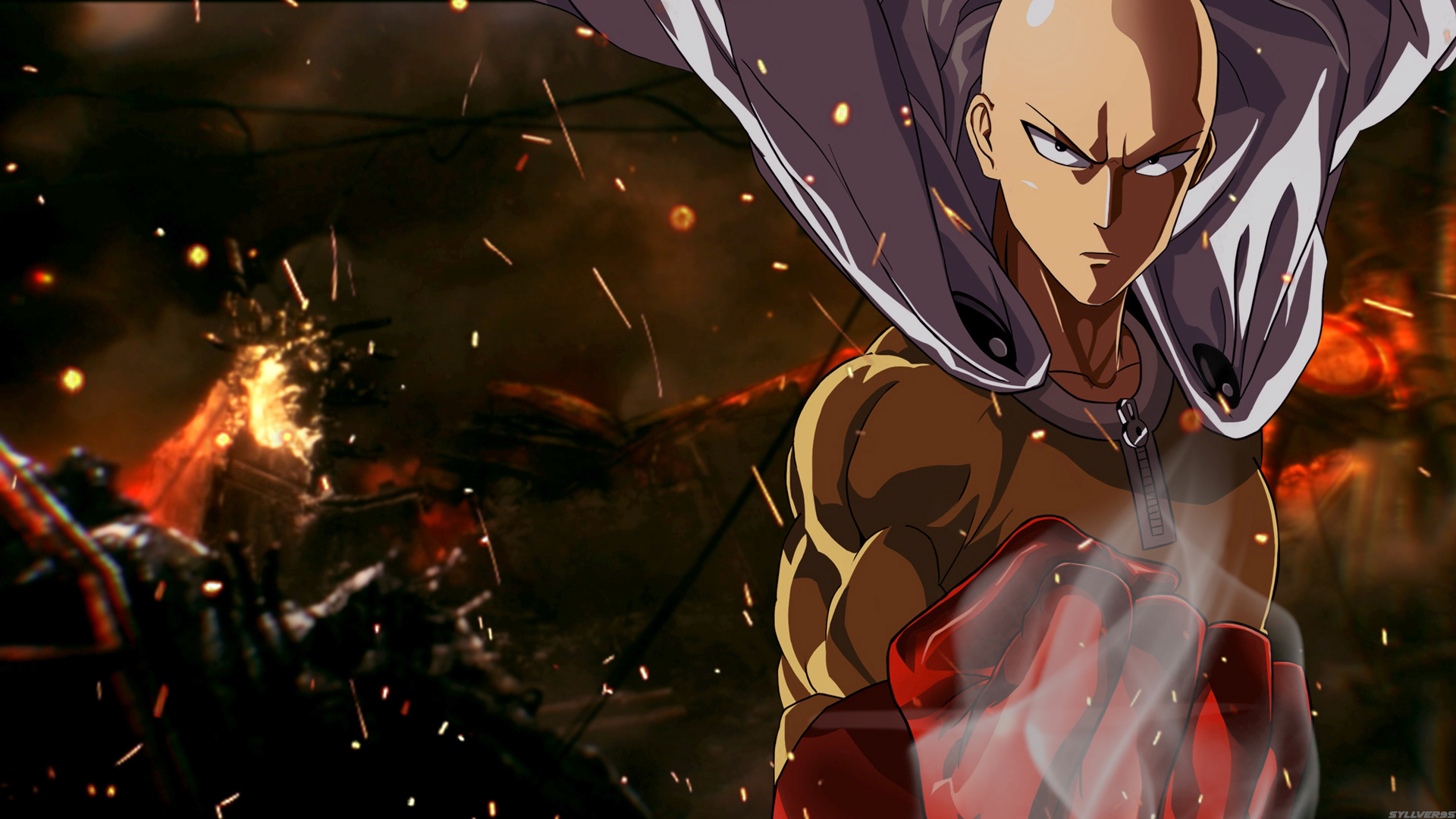Anime and Animation
What is anime and what is animation? People often distinguish the two to be very different from one another and often seen as against one another. Anime is seen as Japanese (Eastern) and Animation is often seen as Western or American. Both are very different in terms of style and in how they produce their work but both are still animation.
Anime is short for animation but it defines a very specific style of animation which is very different to Western animation. Ever since Japanese animation (anime) became popular in many continents, especially in the American scene, it is interesting to note the differences between Japanese and American animation styles. From the standard that Walt Disney presented which is still largely upheld, the goal of animation was to "imitate life"; the goal is not to make objects move as realistically as possible, but rather make them move as fluidly as possible. Good animation needs an entirely different laws of physics.
There has been some conflicts of which style of animation is better or superior. Some American animators and animation enthusiasts have scorned the Japanese style and method to be lazy; and Japanese animation enthusiasts have said that the American style as clunky or too comical. For me, I think that both are very unique styles and are very interesting to see, and how they are integrated in their stories and animations.
In Japanese animation there is very distinctive style that is used in the design of human characters. The main hallmark of anime is the distinctive large eyes with lots of details added; numerous reflective highlights and detailed colour. Another distinctive aspect is the small noses and mouth which is often drawn as minimal lines. The Japanese style itself uses many angles and flowing, thin lines to define their characters. A lot of attention is directed at the eyelashes, hair and clothing, especially in the colour as well. A variant of colours and shading is applied to non-outlined highlights and shadows to create more depth and detail.
American animation has very different styles, one of them aiming for a comic-book style realism (as realistic as it can be drawn) or extremely exaggerated, comical cartoon characters with rounded, highly exaggerated features. There is often very little detail in the drawing, and less attention to the shading; more solid single colours are used for the characters. American animation may lack in this aspect but it makes up for it in the amount of animation done. American animation pays a lot of attention the the animating aspect of animation in contrast, anime uses a lot of cheats: long scenes in which only the mouth of a character moves during delivery of key information, or even extreme fast motions of a character frozen in an action pose against a moving stylized background that requires little animation. This is why Japanese animation is sometimes labeled as "lazy" by American animators.
Another difference in style between east and west is 3D and CG. American animation has moved in the direction of 3D, as Disney had to close its 2D animation studios in 2002. Japanese animators have chose to integrate CG with traditional 2D, in order to enhance the 2D world they have created, such as the CG castle in Miyazaki’s Howl’s Moving Castle, it displays a beautiful painterly feel with a touch of CG detail. Disney’s 2010 Tangled was very successful in terms of the detail that was gained in 3D, but there was also a loss elegance of 2D. As Rapunzel’s kingdom in Tangled was modeled after the elegant lines and curves of the old Disney's Cinderella. I think that American animation studios could try to integrate 2D/3D in their future films.
The stories told through Japanese anime often tend to be more diverse, as anime reaches not only children but also an older group of audience. And it is not limited to family, friendly fairy tales. Anime often explores and looks into the darker areas of the human condition and addresses them in graphic detail, and the stories do not always follow the stereotype of a hero’s journey. Pixar’s Pete Docter, director of Monsters, Inc., commented on his visit to Studio Ghibli, the amazing grounds of Hayao Miyazaki, famed director of the Oscar-winning Spirited Away, that stories were spun out through a more organic and intuitive process than the 5 points of logic that Pixar tends to follow.



No comments:
Post a Comment